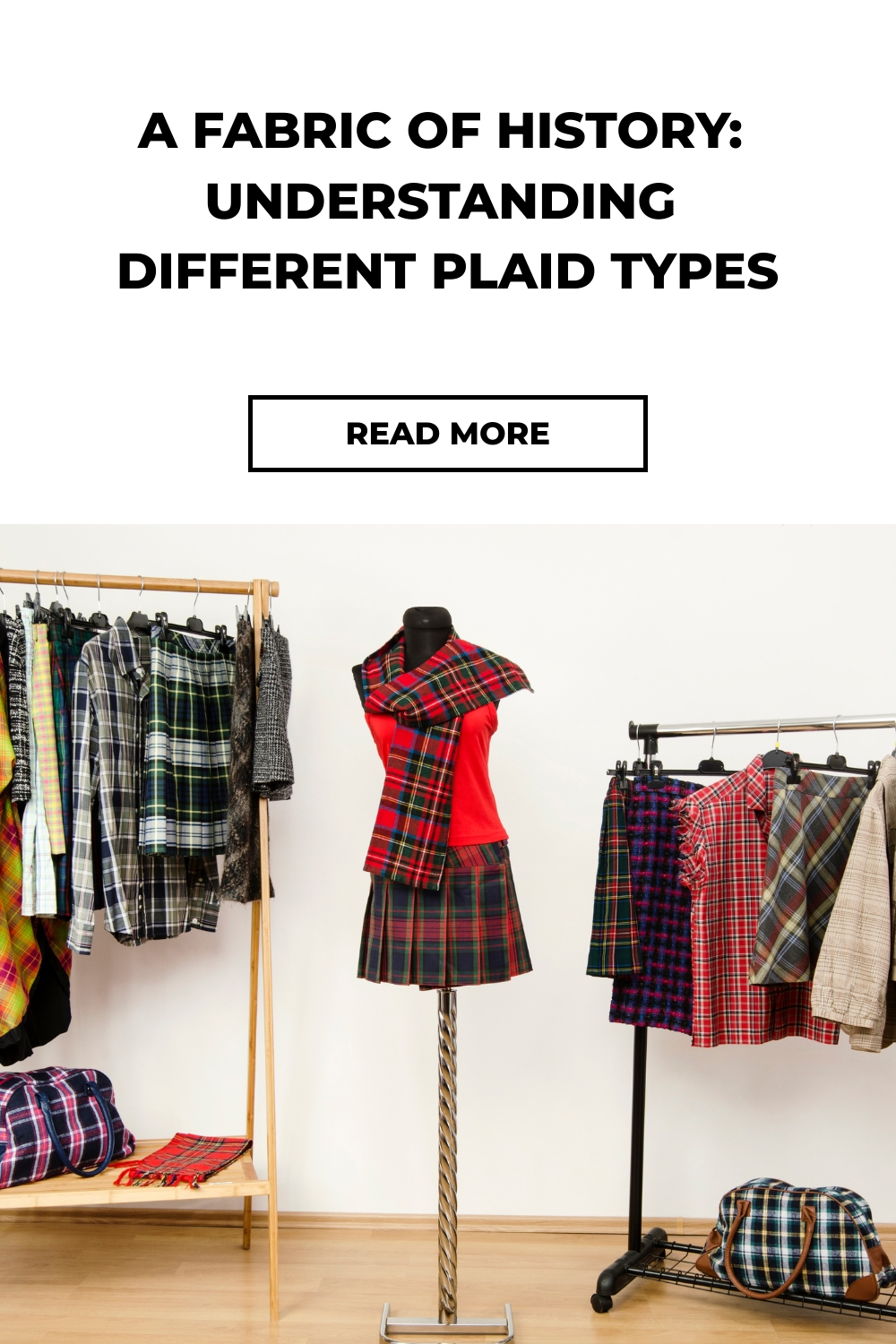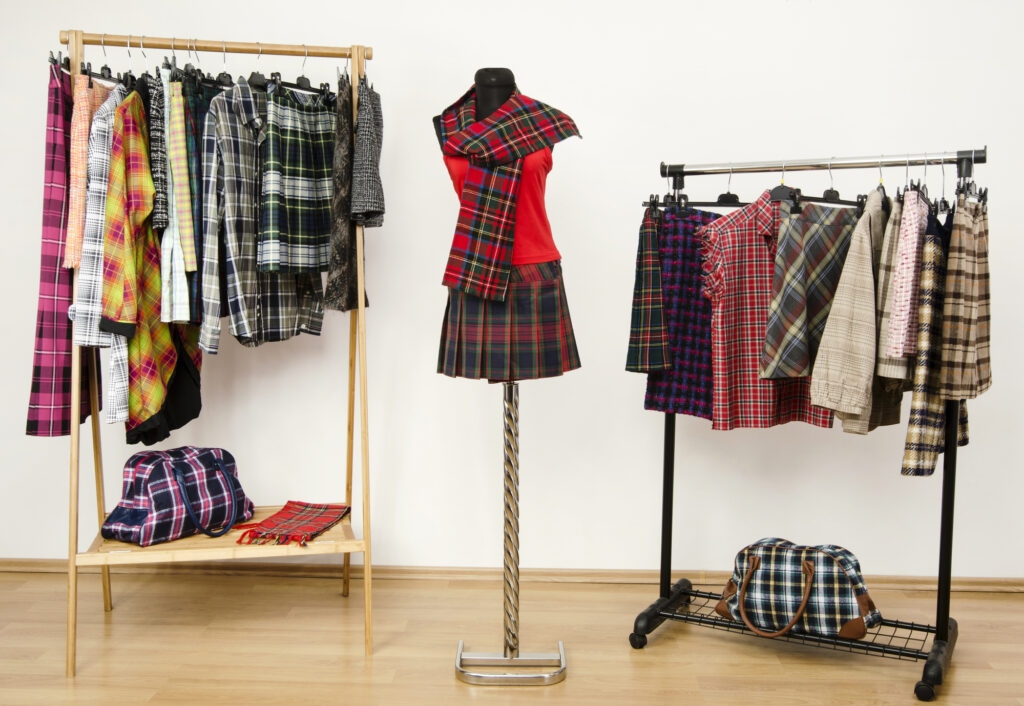Plaid, a pattern that has stood the test of time, is not just a design but a cultural icon with a rich history. Often associated with tartan, the patterned cloth synonymous with Scottish kilts, plaid has evolved into various styles and types, each with its own story and identity. This article delves into the world of plaids, exploring their diverse types and the stories they tell.
Contents
1. Tartan Plaid
The Quintessential Scottish Heritage Originating from Scotland, tartan plaid is not just a pattern but a representation of Scottish clans. Each tartan has unique colors and patterns, representing different families or regions. The Scottish Register of Tartans maintains a database of these patterns, each telling a tale of heritage and history.
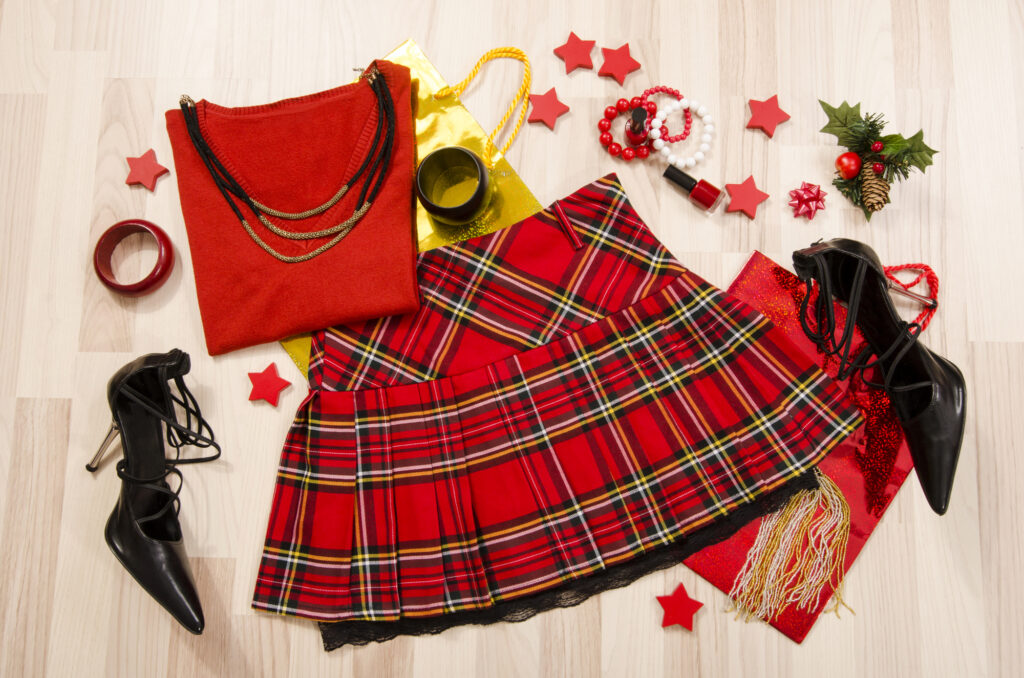
Women’s tartan plaid styles offer a rich blend of tradition and modern fashion. These designs range from classic kilts and skirts to contemporary dresses and accessories, each piece showcasing the distinct and colorful patterns that make Tartan a timeless and versatile choice for women’s wardrobe.
2. Gingham Plaid
Simplicity and Versatility Gingham, known for its simplicity, features evenly spaced stripes that cross each other to form a checkered pattern.

Originating in Southeast Asia and gaining popularity in Europe in the 17th century, gingham is a staple in both fashion and home decor, symbolizing a blend of simplicity and rustic charm.
3. Windowpane Plaid
The Modern Minimalist Characterized by thin lines that create a grid-like pattern resembling windowpanes, this plaid type is a favorite in modern fashion and interior design. Its minimalistic and clean look makes it a versatile choice for suits, dresses, and home furnishings.
4. Houndstooth Plaid
A Touch of Elegance Houndstooth is distinguished by its broken checks or abstract four-pointed shapes, often in black and white.

Originally worn as an outer garment by shepherds in Scotland, houndstooth has become a symbol of high fashion and sophistication.
5. Tattersall Plaid
The Equestrian’s Choice Tattersall refers to a pattern of regularly spaced thin, vertical and horizontal stripes, traditionally on a light background. It traces its origins back to horse blankets sold at Tattersall’s horse market in London, and now is a popular choice in men’s shirts and equestrian attire.
6. Madras Plaid
The Vibrant Legacy Madras plaid, originating from the city of Madras (now Chennai) in India, is known for its vibrant colors and lightweight texture.
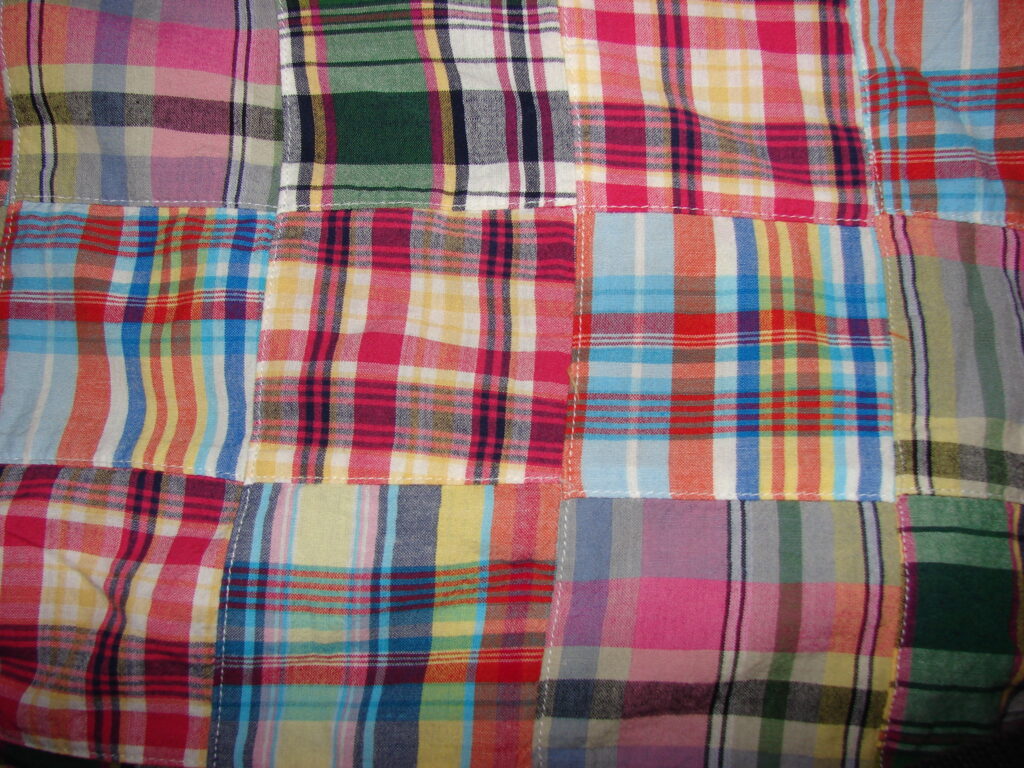
These plaids are usually made from cotton and are a staple in summer wardrobes, reflecting a blend of Indian and Western fashion sensibilities.
7. Buffalo Plaid
The Rugged Outdoors Buffalo plaid is characterized by large blocks formed by the intersection of two colors, typically red and black.

It has a strong association with the rugged outdoors and is often seen in heavy winter clothing like flannel shirts and jackets.
8. Shepherd’s Check
Shepherd’s Check is a timeless and classic plaid pattern, known for its simplicity and rustic charm. It typically features a checkered design, resembling a chessboard, but with a subtle distinction due to its twill weave. This weave creates a slightly different texture, adding depth to the pattern. Originating from the attire of Scottish shepherds, Shepherd’s Check embodies a practical and unpretentious style. Its black and white color scheme makes it versatile, often used in everything from traditional countryside attire to modern fashion pieces like pashmina scarves, skirts, and suits. The pattern’s enduring appeal lies in its understated elegance and its connection to the pastoral heritage of Scotland.
9. Glen Check
Glen Check, also known as Glen Plaid or Prince of Wales check, is a sophisticated and elegant plaid pattern renowned for its understated complexity. Characterized by its small and large checks, it often appears in muted colors like gray, black, and blue, creating a woven appearance of varied checks and houndstooth within the same fabric.
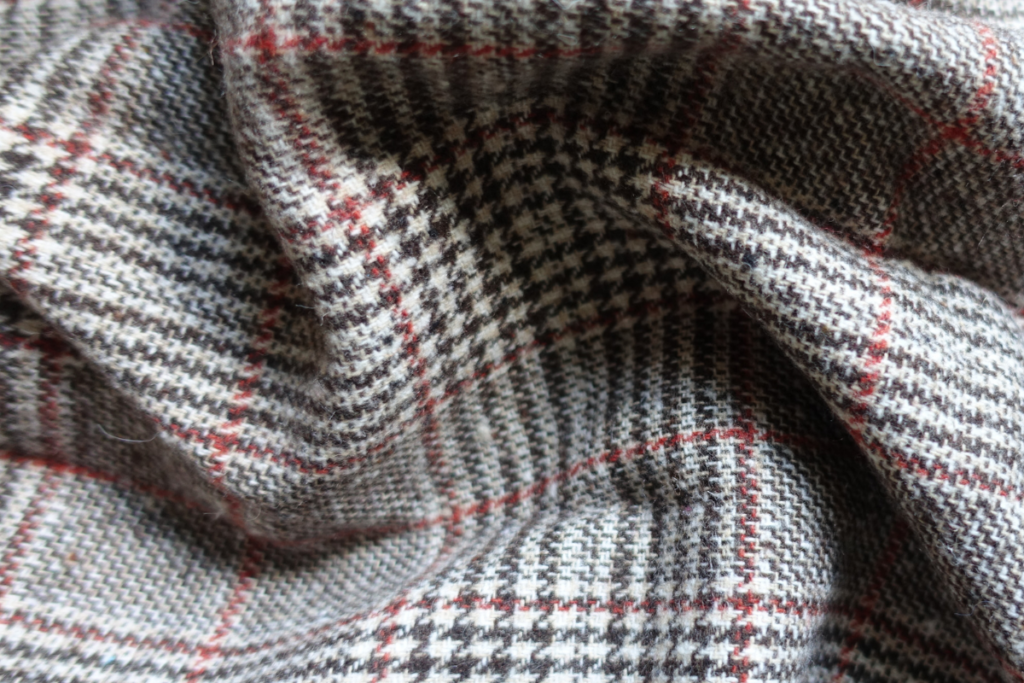
Originating from the Glenurquhart Valley in Scotland, Glen Check gained prominence when it was popularized by the Duke of Windsor, who was then the Prince of Wales. This pattern is a staple in classic menswear, especially favored for business suits due to its subtle yet distinguished look. Its versatility also extends to women’s fashion and interior design, where it adds a touch of refined style without overpowering. Glen Check’s enduring popularity is a testament to its timeless elegance and ability to bridge traditional and contemporary fashion.
Conclusion
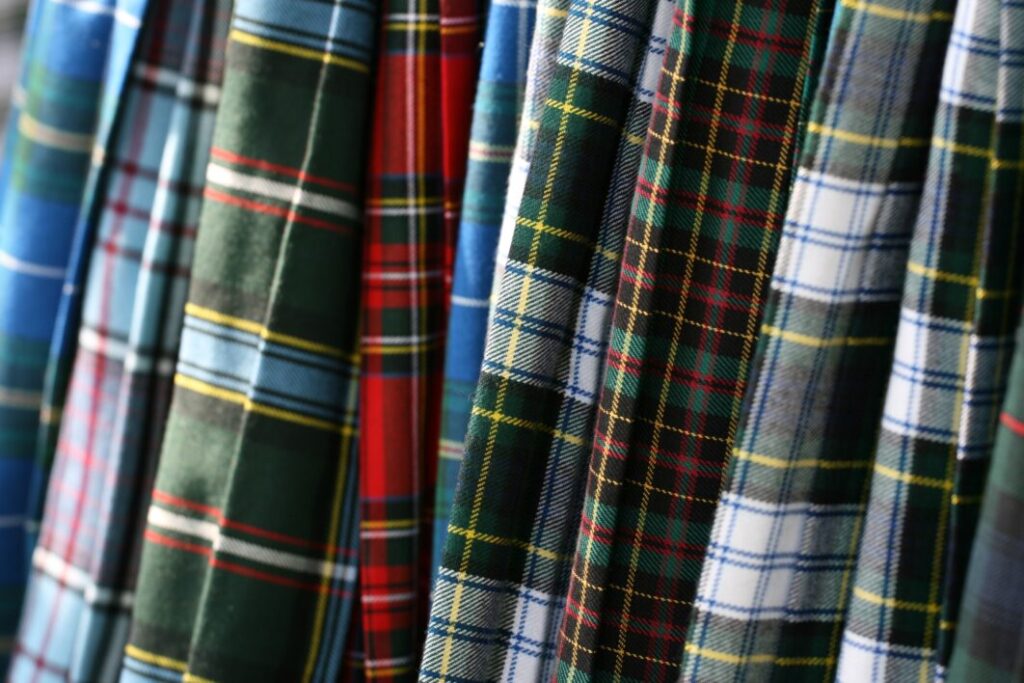
Each type of plaid holds its unique charm and history, making it more than just a pattern but a narrative woven into fabric. From the highlands of Scotland to the vibrant streets of Chennai, plaids have traveled across the world, becoming an integral part of our sartorial and cultural tapestry. Whether you’re donning a classic tartan kilt or a chic houndstooth coat, you’re not just wearing a pattern; you’re embracing a piece of history.
Featured Image Credit: Deposit Photos
